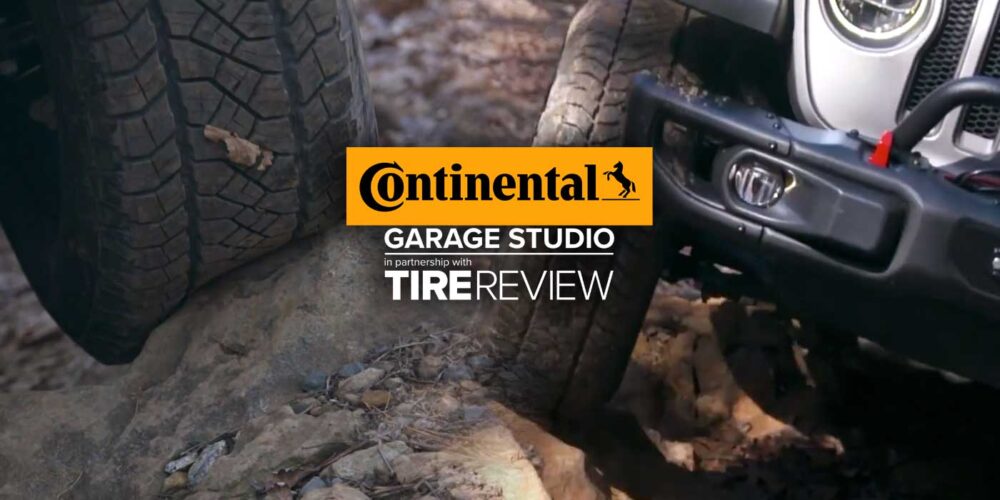Blind spot detection is one of the earliest automatic driver assistant system (ADAS) features offered on vehicles. Thanks to this system, I get alerted when objects are in the blind spot of my vehicle.
Servicing these systems is straightforward to diagnose and repair. In this Tire Review Continental Tire Garage Studio video, we talk about how blind spot detection works so you can confidently service it.
By understanding the operation of blind spot detection systems, technicians can efficiently diagnose and repair that feature, keeping drivers safe on the road.
Blindspot detection systems can use radar or cameras, and some systems use both. The radar sensors emit radio waves that bounce off objects and are received by the sensor. Cameras are mounted to the side mirrors and images from the camera are processed by a camera module, which can then decide if an image is headlights, a puddle or snow.
Most radar sensors have a range that starts at the rear of the front doors up to 20 feet behind the vehicle. Cameras have a sort of fisheye lens and can capture images during the day and night. For the blind spot detection sensors to work, the vehicle has to be moving around 5 mph.
Most radar sensors have a self- or dynamic calibration procedure. This procedure may require a scan tool to initialize the process and a test drive to make sure everything is working properly. Camera systems may require calibration if the unit is replaced or moved. This process also requires a scan tool to start the calibration process.
Don’t forget to follow us on Instagram and Facebook and subscribe to our YouTube channel for more tire, service and shop operations videos.













